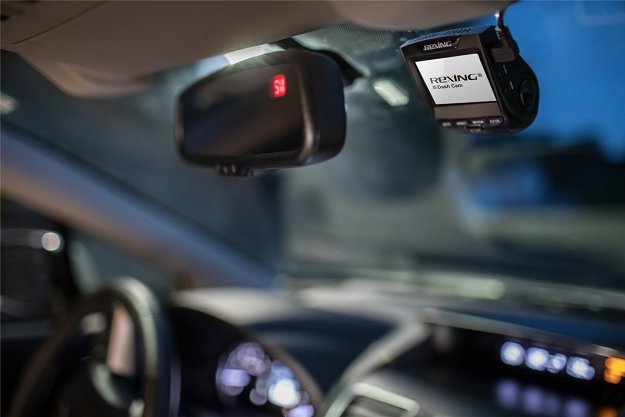The Chinese car industry has come a long way in a short time, and it probably won’t be long until cars from companies like Qoros start showing up in the United States. So it was with a feeling of almost pleasant nostalgia that washed over me when I saw the glorious rip-off that is the Kawei K1.
If this looks to you like the mutant offspring of a Range Rover and a Ford F-150 Raptor, then your eyes are working fine; that is exactly what Kawei wants you to see. Kawei even says as much on its website, in earnestly, if not skillfully translated English, “the spelling words in front of the engine and the heat dissipation on fender use the Land rover (Kawei’s capitalization) style for reference … No matter the black net grille and the outline of the headlamp, even if the styles of fog lamp and engine cover, it looks the same as Ford Raptor.”
It may not be the most honest way to establish a reputation as an automaker. As the saying goes, though, imitation is the sincerest form of flattery. And, unlike other Chinese automakers, Kawei at least has the decency to admit that it is copying styling cues. Besides the K1 has the best marketing slogan ever: “Pickup must be.” Excelsior!
Underneath the faux Ford exterior, the K1 is actually kind of an interesting truck. The powertrains are nothing to write home about; customers can choose between a 2.4-liter 143 horsepower Mitsubishi gas engine and a 102 hp 3.2-liter six cylinder diesel from FAW. Power is sent to the rear wheels via a five-speed manual. The interior looks pretty dang nice, easily on par with those in American trucks from not so long ago. You can even opt for some surprisingly nice looking two tone leather. And the whole package costs just $16,000, a damn sight less than any other full-sized pick up I know of. Personally, I am intrigued.
You won’t be able to get this in the United States – hence the lackadaisical- translation, but Kawei hopes to export the K1 to Africa and the Middle East. As American and Japanese trucks have become more expensive, secondary markets have become starved for cheap trucks like the K1. And if you don’t like the K1, maybe you would be interested in Kawei’s Jeep Grand Cherokee … I mean W1.
(Two-tone interior images credit: China Car Forums)


